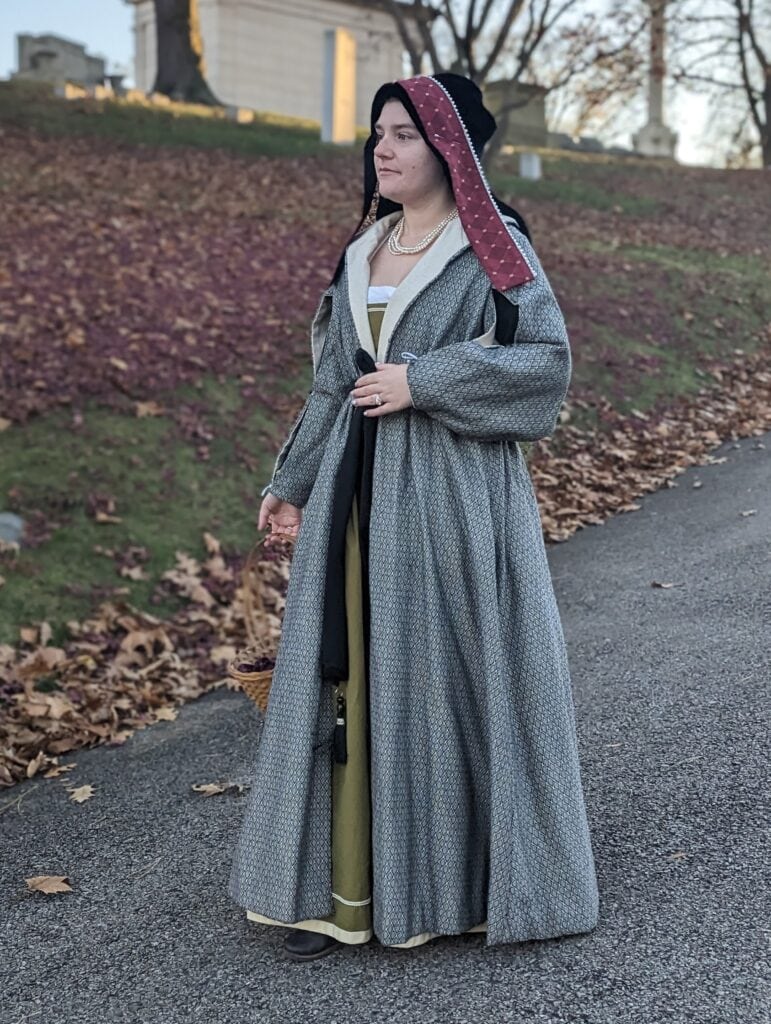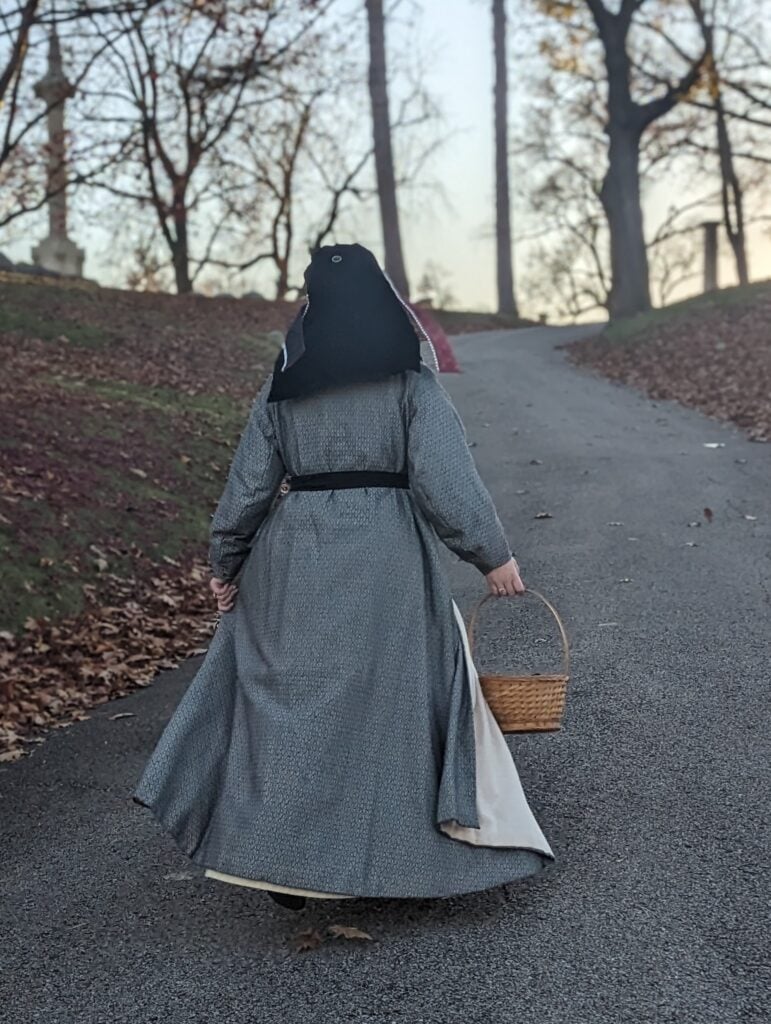people
Elle Kaplan
I am a lifelong multidisciplinary teacher and sewist, with my art currently focused on the recreation of historical garments from 16th century Europe as well as the incorporation of vintage dressmaking techniques into modern life. As an artist, I am entirely self-taught and new to the art world; my formal education is in neuroscience and math and I have taught or tutored half a dozen different scientific disciplines, including neurobiology and organic chemistry. However, I found that my joy lay not with advancing the understanding of our world, but with the ability to take complex subjects and studies and break them down into discrete parts that any person could understand. This is a particular skill I still use every day in my classes, to break a complex artistic process into discrete tasks that anyone can follow and adapt to their needs.
While my own sewing skills are self-taught, they are combined with over a decade of teaching experience and if I listen closely to myself in my classes, I can hear the remnants of my former lives as neuroscientist, a math educator, and a student who spent six years in higher education pursuing the goals of treatment and destigmatization of mental illness. My goal as an educator is to make sewing skills attainable to the general public again, as they have been in centuries prior. To me, sewing is not just an art form, but a matter of accessibility. A skill that might be taught in an art class can be used in the same way to repair clothing in the age of fast fashion or furnish a home with thrifted materials despite an ever-rising cost of living. The ubiquitous nature of sewing means there is always some application that interests my students, and that lightbulb moment of “oh, I could make this now” is something I live for. Students will leave my classes knowing basic skills that may serve them the rest of their lives or they may leave with a new appreciation for an art form that has sprung from utility and need.




















